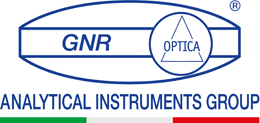StressX is a X-Ray Diffractometer dedicated to the Residual Stress Analysis, providing a non-destructuve test of the samples. The head of the diffratometer is mounted on an anthropomorphic 6 axis robot that allows to analyze samples of any dimensions and shapes.
StressX could be mounted either in a closed cabin, suitable for laboratory analysis or on a four wheel trolley for on site analysis.
Residual Stress could be induced by machining, grinding, rolling, deep drawing, welding, thermal hardening and shot peening; its quantification allows to prevent fatigue damage and to control material’s durability and safety.
Residual Stress could be induced by machining, grinding, rolling, deep drawing, welding, thermal hardening and shot peening; its quantification allows to prevent fatigue damage and to control material’s durability and safety.
StressX provides a flexible solution to residual stress determination on samples of any dimensions by the original synergy between compact X ray diffractometer and 6-axis robot.
6-axis robots are available with positioning accuracy and repeatability as low as 20 μm and positioning range as high as 895 mm radius from robot center.
Measuring target is defined by a combination of a Video camera for X-Y pointing and a laser for Z positioning.
Laser accuracy can be less than 10 μm and measuring range can be as high as 300 mm from the goniometer center.
Thanks to the 6 degree of freedom the measuring positions and angular ranges are only limited by robot size.










